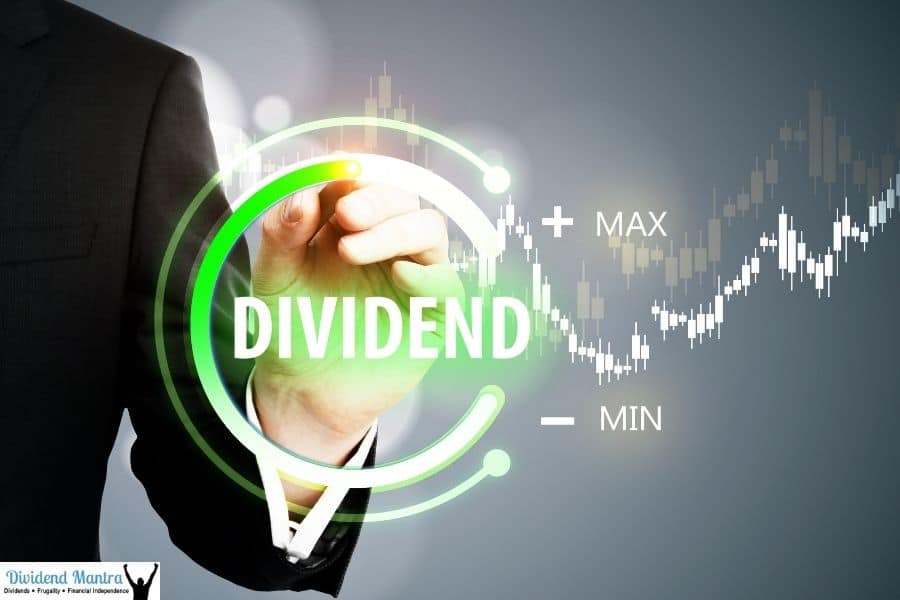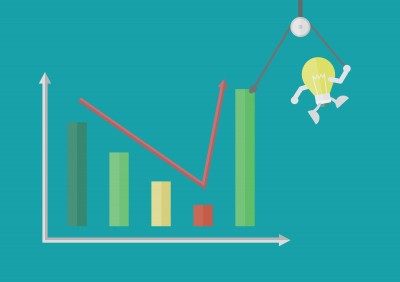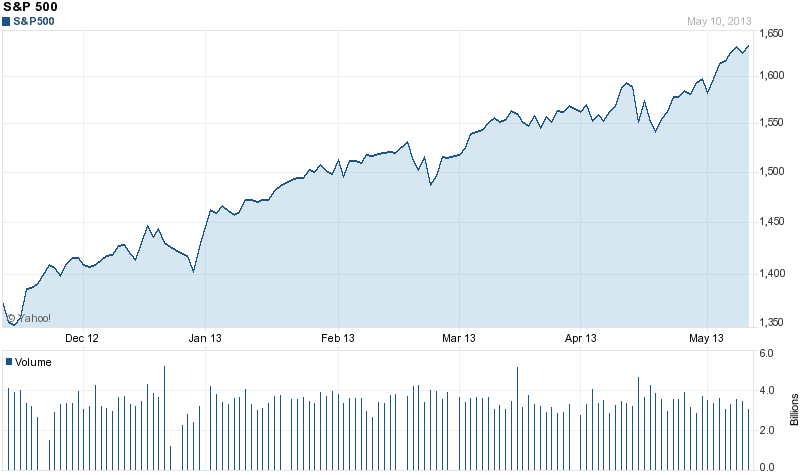What Is a Dividend and How Do They Work?
Dividends are the money that a corporation chooses to pay to its shareholders as a return on their investment. Investors don’t have to sell their shares to make money through them. Depending on how much stock you own. You can choose to receive dividends on a monthly, quarterly, semi-annual, or annual basis. As an example, if the dividend is 50 cents (50c) a year and you hold 100 shares, you would earn $50 in dividends in that year.
Dividends entice investors by guaranteeing them that their money is well spent and that the company in which they have invested will continue to generate profits in the future. Many states in the USA also grant them a reduced tax rate.
Reinvesting earnings back into the business rather than paying dividends is an option for certain businesses. As a result, dividend-paying enterprises must be looked out for, with particular care, by potential investors. A dividend-paying exchange traded fund (ETF) is an option for investors who don’t want to deal with individual companies but yet want to reap the benefits of dividends. Rather than having multiple investments, they will only have one with which to reap multiple dividends.
What Are the Different Types of Dividends?
Dividends come in a variety of shapes and sizes. Apart with conventional dividends, there are special and preferred dividends – albeit they are less popular.
1. Normal Dividends
Normal dividends are the cash payments that a company makes to its shareholders out of its profits. The dividend payout ratio is the percentage of profits that a company pays out as dividends to its shareholders. A high dividend payout ratio means that a company is paying out most of its profits as dividends; while a low dividend payout ratio means that a company is retaining more of its profits for future growth or other purposes. The amount of the dividend is typically based on the amount of profit that the company has generated and the number of shares that are outstanding.
2. Special Dividends
A special dividend is a dividend paid by a company to its shareholders above and beyond the regular dividends that are paid on a periodic basis. Special dividends can be issued for a number of reasons; such as to mark an important milestone for the company or to celebrate a particularly profitable year. They are also sometimes used as a way to return excess cash to shareholders if the company is not in need of it for its operations.
Essentially, a special dividend is a dividend that is paid outside of the company’s normal dividend schedule. Special dividends are not always guaranteed, and the amount paid out can vary from year to year.
3. Preferred Dividends
Preferred dividends are a type of dividend that is paid to preferred shareholders before any other type of shareholder. This means that if a company has both common and preferred shareholders; the common shareholders will not receive any money until the preferred shareholders have been paid. Preferred dividends are also usually paid at a fixed rate; which means that they are more reliable than regular dividends, which can be affected by a company’s performance.
This means that if a company has profits, the first thing that will be paid out to shareholders are the preferred dividends. After that, the company can then choose to pay out common dividends to all shareholders or retain the profits to grow the company.
What Is the Rationale behind Dividend Payments by Corporations?
Companies pay dividends for a variety of purposes, one of which is to entice and keep onboard new and existing shareholders. By paying dividends, certain shares may be perceived as superior to those of a competitor and thus serve to maintain confidence and favor.
Investors may see a corporation ceasing to pay dividends as a warning that the company is in peril. Cuts to the dividend could be a sign that the company is looking for new methods to boost long-term returns for shareholders. It’s also possible that companies paying dividends don’t have alternative ways to earn profits; which is why they don’t reinvest their money.
You may gauge the certainty of receiving a dividend by checking the percentage of a company’s profit that goes toward dividend payments or confirming the payout ratio. A corporation may not be able to afford to pay out a large portion of its profits in dividends. This is a red flag that the stock could be in jeopardy.
What Is the Effect of Dividends on Stock Prices?
Dividends are a distribution of a company’s earnings, voted on by the company’s board of directors, to its shareholders. Dividends can be paid in cash, stock, or other property.
The effect of dividends on stock prices is a topic of debate among investors. Some people believe that when a company pays a dividend; it is signaling that the company’s future prospects are not as good as investors had hoped and that the stock price will decline as a result. Others believe that paying a dividend is a sign of financial stability and that the stock price will increase as a result.
Which view is correct? To answer this question, it is important to look at how dividends have affected stock prices in the past:
- Often, when a corporation announces an unexpected increase in dividends, the share price jumps.
- The share price of a company that plans to pay out dividends tends to climb as investors get enthusiastic about the possibility of getting their hands on more stock.
It is possible, however, that a reduction also occurs due to the fact that the corporation is expected to use its current profit reserves to pay dividends.
A dividend payment affects the indices. Because indices are composed of a large number of stocks, a decline in the share price of one of those stocks following a dividend payment will have an impact on the overall index price.
How to Calculate the Yield on a Dividend?
Calculating the dividend yield is simple. The dividend yield is a percentage of the company’s annual payouts divided by the company’s share price. If a company’s stock is valued $5.00 and it pays a dividend of 20c per year; the dividend yield is 4% (20c/$5.00). A high dividend yield may imply a weak share price and unsustainable dividend payments; thus investors should constantly compare the dividend yield of the company they are interested in with competitors in the same industry before making an investment decision.
If a corporation increases its dividend or if its stock price falls, the dividend yield will rise. If the company’s dividend is cut or its stock price rises, the yield will fall.
Compound Interest and Dividends
The term “compounding wealth” refers to the practice of reinvesting dividends to grow a portfolio. Over time, the investor’s return on investment is not only dependent on the initial amount of money that was invested, but also on any dividends that accrue while the position is open.
To put this in context, if an investor invests $1000 in 200 shares of stock worth $5 each; they will get a dividend of $80 in the first year of their investment. Investing in a company that increases its share price by $1 year while paying out dividends at a 4% yield over ten years would net an investor $760 in dividends and $2800 in stock ($14 x 200 shares). Dividends of $760 were added to the $1800 in share price growth for a total return on investment of $2560.
They could have boosted their investment and returns if they had reinvested the dividends they received. The reinvested dividends add to the investment in addition to the share price’s rise.
Conclusion
In conclusion, dividends are important to a company’s success and can provide shareholders with income and stability. Dividends are usually paid quarterly and can be reinvested back into the company or paid out as cash dividends. There are a few things to keep in mind when it comes to dividends; such as whether the company pays a dividend and how much of a dividend is paid. By understanding what a dividend is and how they work; investors can make more informed decisions about where to put their money.
If you are interested in receiving dividends from your investments, it is important to choose stocks that have a solid track record of paying them out.





